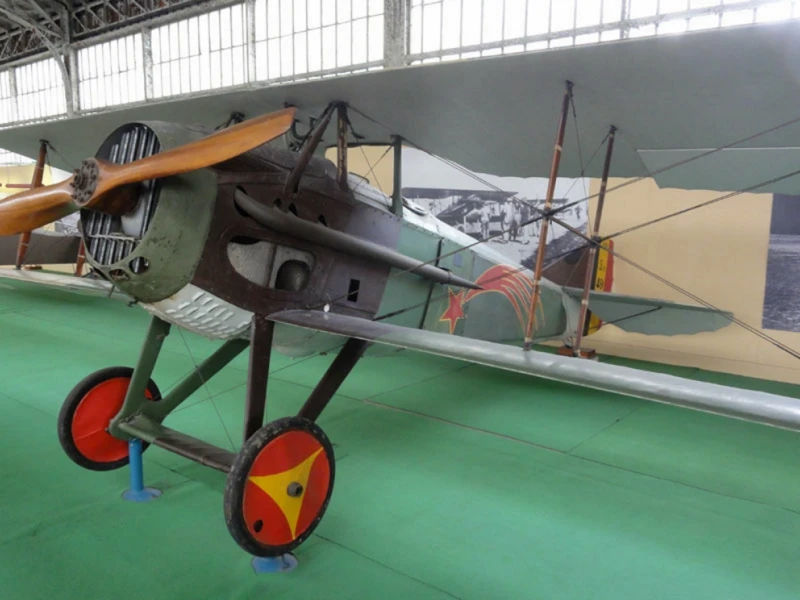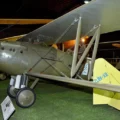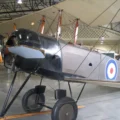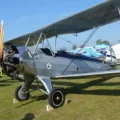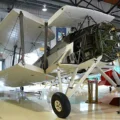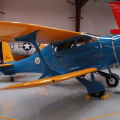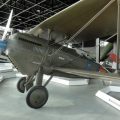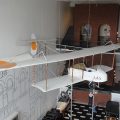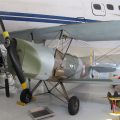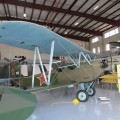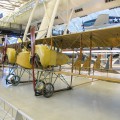ザ SPAD S.XIII was a French biplane fighter aircraft of the First World War, developed by Société Pour L’Aviation et ses Dérivés (SPAD) from the earlier and highly successful SPAD S.VII.
During early 1917, the French designer Louis Béchereau, spurred by the approaching obsolescence of the S.VII, decided to develop two new fighter aircraft, the S.XII and the S.XIII, both utilizing a powerful new geared version of the successful Hispano-Suiza 8A engine. The cannon armament of the S.XII was unpopular with most pilots, but the S.XIII proved to be one of the most capable fighters of the war, as well as one of the most-produced, with 8,472 built and orders for around 10,000 more cancelled at the Armistice
ソース: ウィキペディアの SPAD S.XIII
詳細情報:
ザ SPAD S.XIII 第一次世界大戦のフランスの複葉戦闘機で、Société Pour L'Aviation et ses Dérivés(SPAD)によって開発された、初期の大成功を収めたSPAD S.VIIから開発されました。この機体は、この戦争で最も有能な戦闘機の1つであり、最も生産された戦闘機の1つであり、8,472機が製造され、休戦でさらに約10,000機の注文がキャンセルされました。
SPAD S.XIIIは、より強力なツインエンジンを搭載していた ビッカース 機銃の武装、そしてわずかに大きい翼幅。新しいエンジンにより、機体はより優れた速度と上昇率を実現し、最新のドイツの戦闘機に匹敵するようになりました。双装砲は火力と信頼性を高めたが、S.VIIの単装砲はしばしば詰まった。翼幅が大きくなったことで、ハンドリングと安定性が向上しましたが、重量が増加し、敏捷性が低下しました。
SPAD S.XIIIは、ジョルジュ・ギヌメール、ルネ・フォンク、チャールズ・ナンゲッサー、エディ・リッケンバッカー、フランチェスコ・バラッカなど、フランスと連合国の両方の多くの有名なエースによって飛行されました。また、戦後、ベルギー、ブラジル、チェコスロバキア、フィンランド、ギリシャ、日本、ポーランド、ポルトガル、ルーマニア、サイアム、スペイン、ユーゴスラビアなど、いくつかの空軍でも使用されました。1920年代後半まで使用され続けました。
